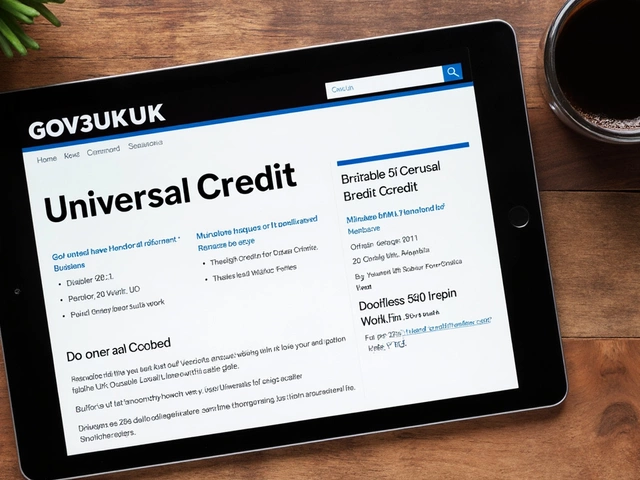Net Zero Target: Simple Guide to a Carbon‑Free Future
Ever hear people talking about a "net zero target" and wonder what it actually means? In plain English, it’s the goal of balancing the amount of carbon we put into the atmosphere with the amount we take out, ending up with zero net emissions. No magic, just a clear math problem that many governments and companies are trying to solve.
What Does Net Zero Really Mean?
Net zero doesn’t mean we stop using any energy at all. It means every tonne of CO₂ we release is matched by a tonne removed – whether through renewable power, re‑planting forests, or new tech that captures carbon. The deadline varies: the UK aims for 2050, the EU for the same year, and a lot of businesses are setting their own dates. Hitting that date requires cutting emissions fast, then cleaning up what’s left.
Practical Steps for Individuals and Companies
For you at home, start with the easy wins: swap to LED bulbs, reduce heating waste, and switch to a green electricity plan if it’s available. Cutting car trips, using public transport, or biking can shave off a big chunk of your personal carbon footprint. Small changes add up when millions of people do them.
If you run a business, the first move is a solid emissions audit – know exactly where the carbon is coming from. Then set short‑term targets, like cutting scope‑1 (direct) emissions by 30% in five years, while investing in renewable energy for scope‑2 (indirect) power use. Scope‑3, the supply chain, is often the biggest challenge, so work with suppliers to improve their own practices.
Technology can help too. Energy‑efficient equipment, smart thermostats, and cloud‑based services that run on renewable data centers all lower the numbers. When you can’t eliminate emissions completely, consider credible carbon offsets – projects that plant trees, restore wetlands, or develop clean‑cook stoves.
Tracking progress is essential. Use simple dashboards or third‑party verification to make sure you’re on track. Reporting your numbers publicly not only builds trust but also pushes you to stay accountable.
Governments are also shaping the picture with policies like carbon pricing, stricter building codes, and subsidies for green tech. Stay informed about local incentives – they can make upgrades cheaper and faster.
Got doubts about how realistic net zero is? Look at the numbers: renewable energy now supplies over 30% of global electricity, and battery storage costs have fallen dramatically. Those trends show the goal is tough but doable, especially when everyone chips in.
Bottom line: a net zero target is a roadmap, not a buzzword. Whether you’re a homeowner, a startup, or a multinational, there’s a clear set of actions you can take today. Start small, measure everything, and keep the pressure on bigger players to step up. The faster we move, the easier it will be to hit that 2050 finish line and keep our planet healthy for the next generation.
Kemi Badenoch Faces Backlash After Dropping UK Net Zero Target Amid Controversial Donations
Posted by Daxton LeMans On 19 Mar, 2025 Comments (0)

UK Conservative leader Kemi Badenoch abandoned the 2050 net zero target, labeling it 'impossible' after receiving donations linked to climate denial groups. The decision has sparked criticism from former officials, business leaders, and environmentalists who warn of the potential negative impacts on both progress and economic opportunities.




